Spider plants (Chlorophytum comosum) are also known as spider ivy, ribbon plant, or airplane plant. For years now, this fast-growing plant has become a popular option among plant owners, and for a good reason.
Providing the proper care for these plants can be a breeze as mature spider plants are usually hardy plants and can tolerate most conditions.
For their watering needs, you might want to switch tap water to rainwater or distilled water as the chemical and salt contents in the former are too much for this plant.
Choosing the right pot for your spider plant can be a challenge.
While there are some basic requirements to consider, these plants are very adaptable which will leave you with plenty of room to experiment and express your style.
Pots for spider plants can be made of plastic, metal, wood, fabric, and even terracotta or ceramic. Pot size is important when dealing with spider plants, and we will talk about how to choose the correct one.
One thing your pots should always have is drainage holes since spider plants need to be well-drained or they risk getting sick.
- Related article: How to Make Spider Plants Thrive
How often you water your plant will be affected by several factors such as climate and the pot material that you are using. To know more about this, continue scrolling.
Best Pots for Spider Plants
Pots for spider plants can be made of many different materials. The best ones are plastic, metal, wooden, or fabric pots.
Terracotta and ceramic pots can also work, but they aren’t the most suitable options for spider plants. Let’s discuss their pros and cons in the following sections.
1. Terracotta Pots for Spider Plants
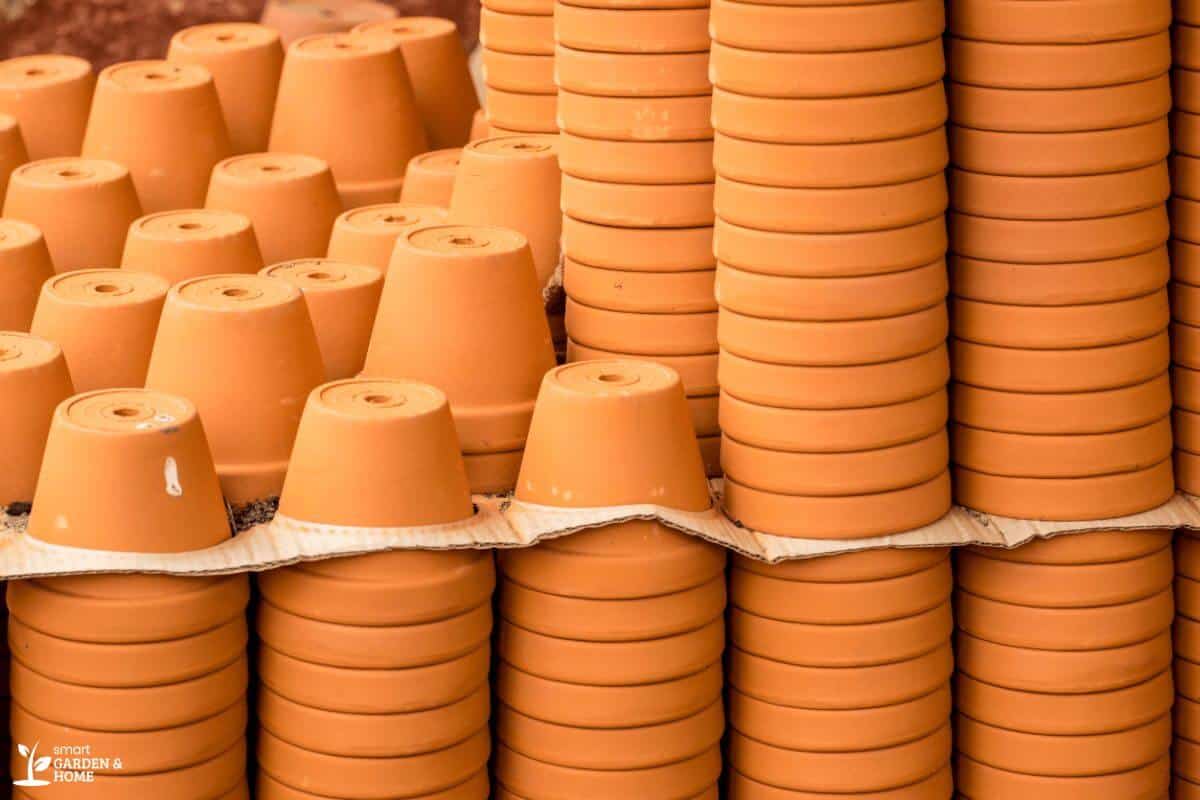
Spider plants can grow fine in terracotta or clay pots, but they aren’t the optimal option for these plants.
These plants can grow very quickly and if they aren’t repotted often enough they could end up breaking the pots with their roots.
Another downside of unglazed terracotta pots is that it absorbs water, so you will need to remember to water your plant more often.
This can turn into an advantage if you are someone who tends to overwater your plants.
While spider plants can go for a bit without water, yellow leaves are a sign that your plant has lack of it. So make sure to watch out for physical signs.
Another positive aspect of terracotta pots is that they are breathable, so oxygen can reach the spider plant roots more easily.
Terracotta pots are far more decorative and natural-looking than, for instance, plastic pots, but they are also more expensive.
If you’re set on using terracotta pots, make sure you repot your spider plant often. For a young plant, choose a pot that is at least four to six inches in diameter.
2. Plastic Pots for Spider Plants
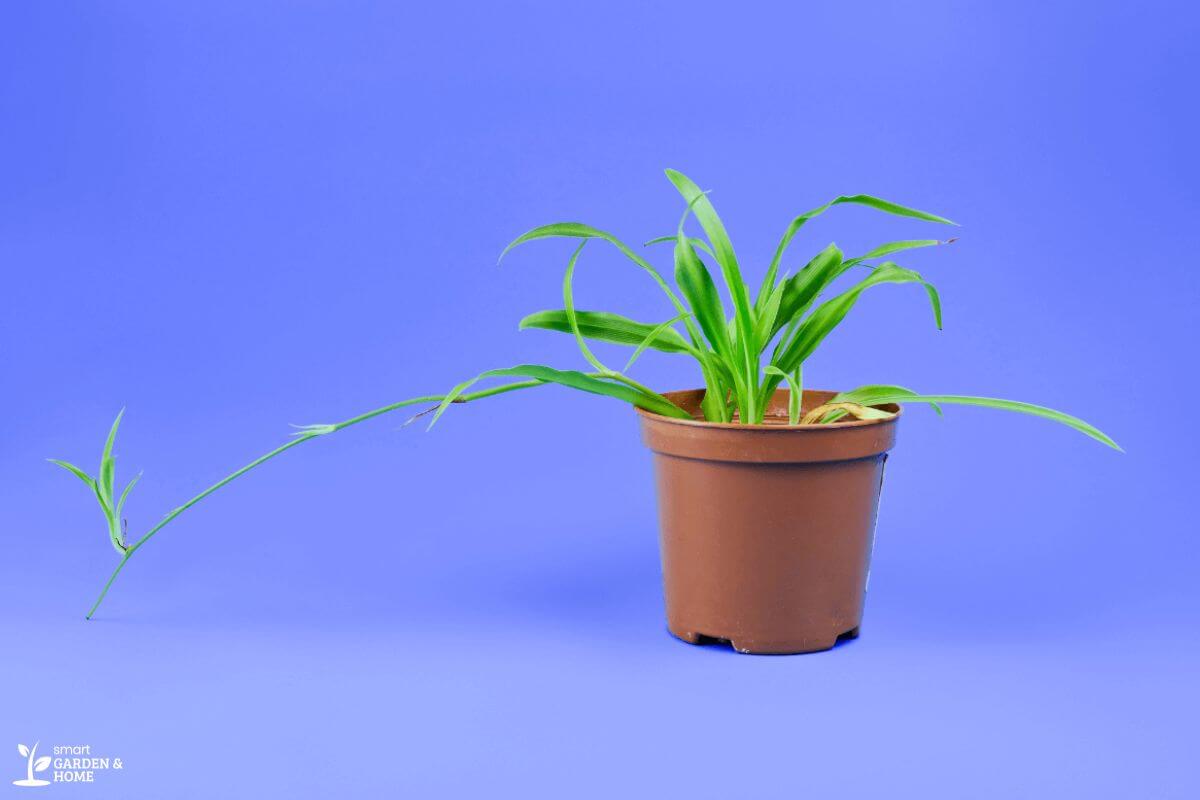
Plastic pots are by far the most used ones for spider plants since they offer many advantages. The main one is that they can stretch to accommodate the fast-growing roots of these plants.
Spider plants enjoy being a little bit crowded, but this can be a problem if they are in pots made of breakable materials. Another advantage of these pots is that they are non-porous, so they won’t absorb water from the soil.
Plastic pots are affordable and very lightweight so they are easy to move from one place to another and are particularly suitable to hang spider plants from the ceiling or walls.
These types of pots can be found almost anywhere, in garden centers and most online shops where many of them can also be decorative.
If you don’t like the look, you can place plastic pots inside a planter that suits your style.
3. Ceramic Pots for Spider Plants
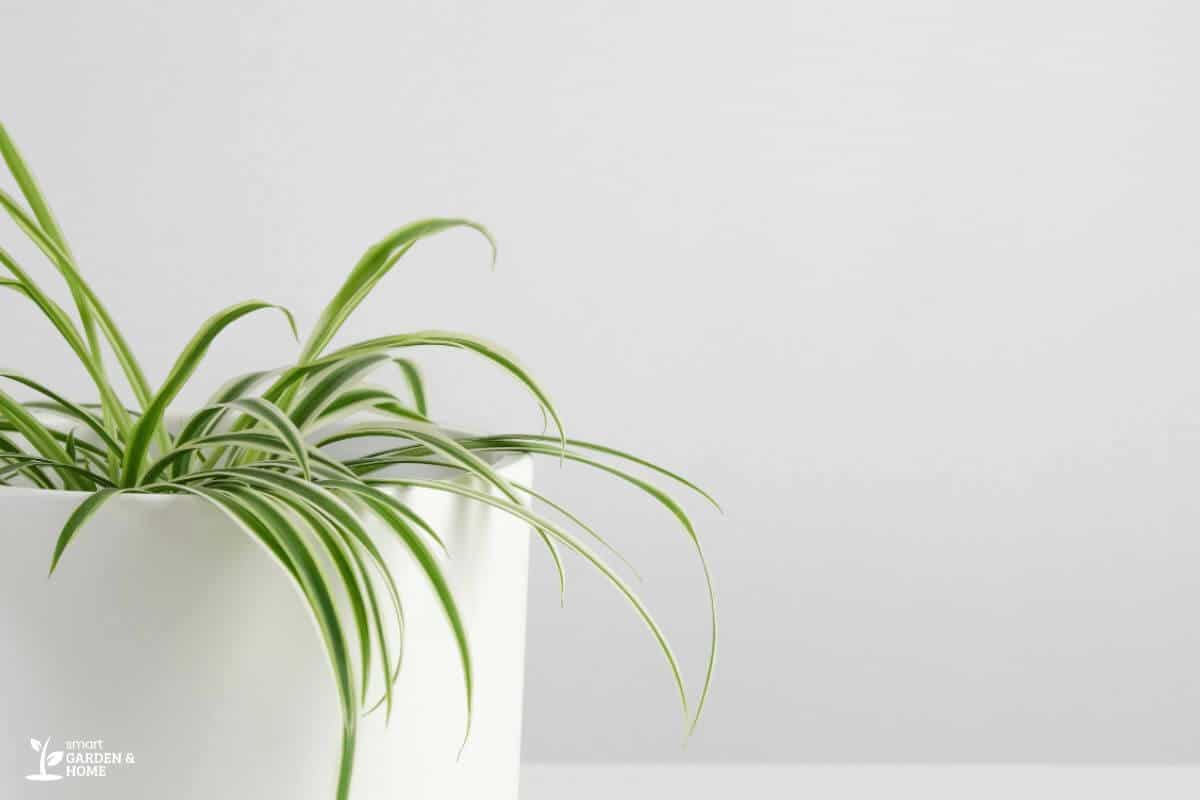
Ceramic pots are similar to terracotta ones as they are more expensive than other kinds but much more beautiful and decorative. They are lighter than clay pots but can also break if the roots exercise too much pressure.
An advantage when compared to terracotta pots is that they don’t absorb water, so there’s less risk of your spider plants drying out too quickly and you can extend the time for your next watering session.
4. Metal Pots for Spider Plants
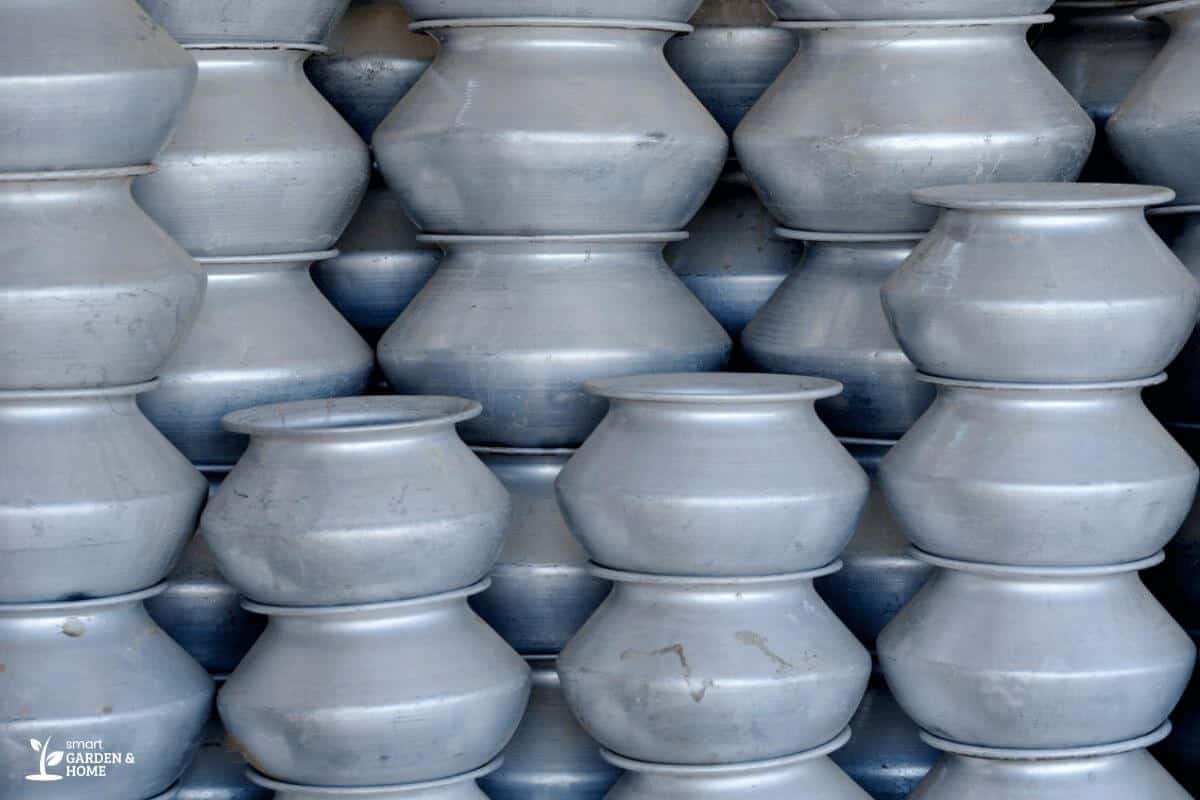
Metal pots are also great to use for spider plants.
Like plastic ones, they won’t break when the roots grow too much. Tiny roots will simply start growing out of the drainage holes or even from the topsoil.
Metal containers won’t leach water from your plant and are quite inexpensive.
A good tip is to search your house for used tin cans or coffee cans that you can turn into possible metal pots for your plants. Do exercise caution in creating drainage holes at the bottom though or you might get injured.
Also, be careful of placing them in direct sunlight because metals are heat conductors and they could get too hot. After some time, they may also rust, particularly if kept outdoors.
5. Wooden Pots for Spider Plants
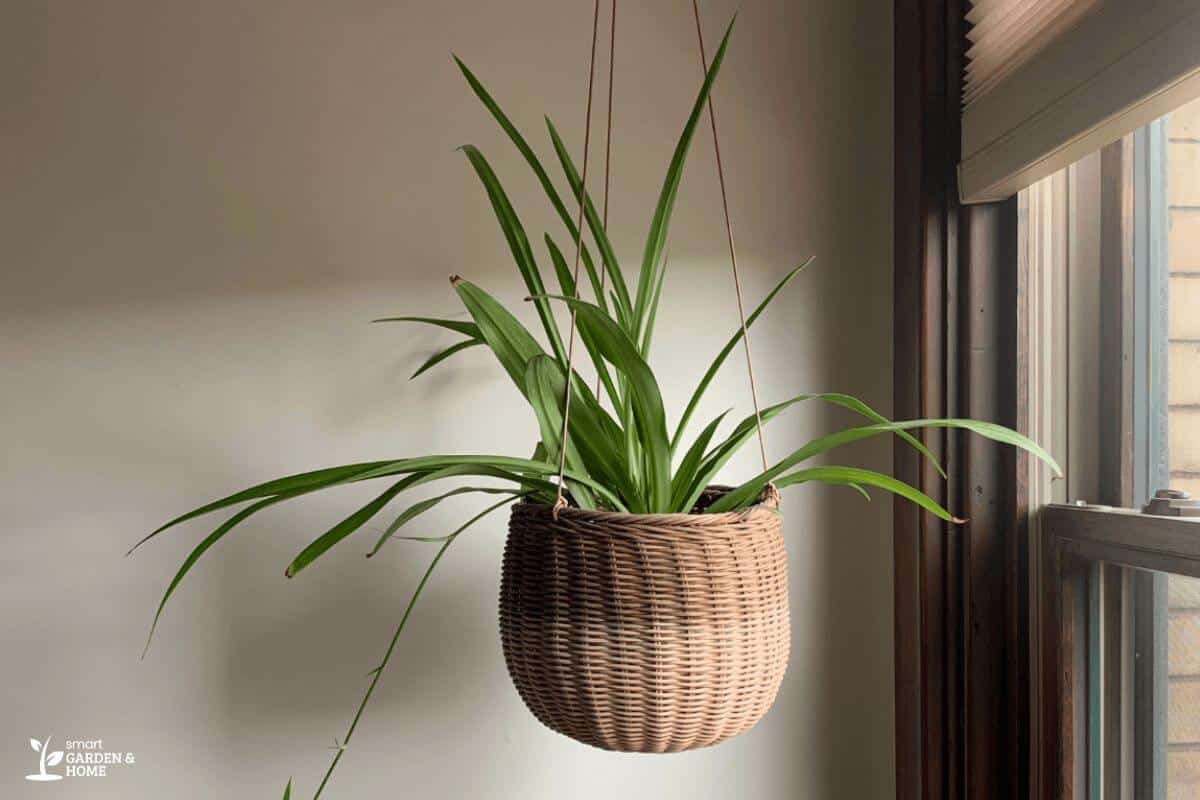
Wooden pots are particularly suited to spider plants because they retain moisture for a longer time compared to other materials.
This means that the soil won’t dry out quickly and you will need to water your spider plant less often.
They are also very sturdy, so there’s no risk of them breaking because of root growth or other factors, such as excessively cold weather.
If you’re worried about their lifespan and the risk of rotting, consider that a well-made and well-maintained wooden pot can last for years.
They are surely more expensive than plastic or metal pots, but they can provide an interesting addition to your home with their natural look.
6. Fabric Pots for Spider Plants
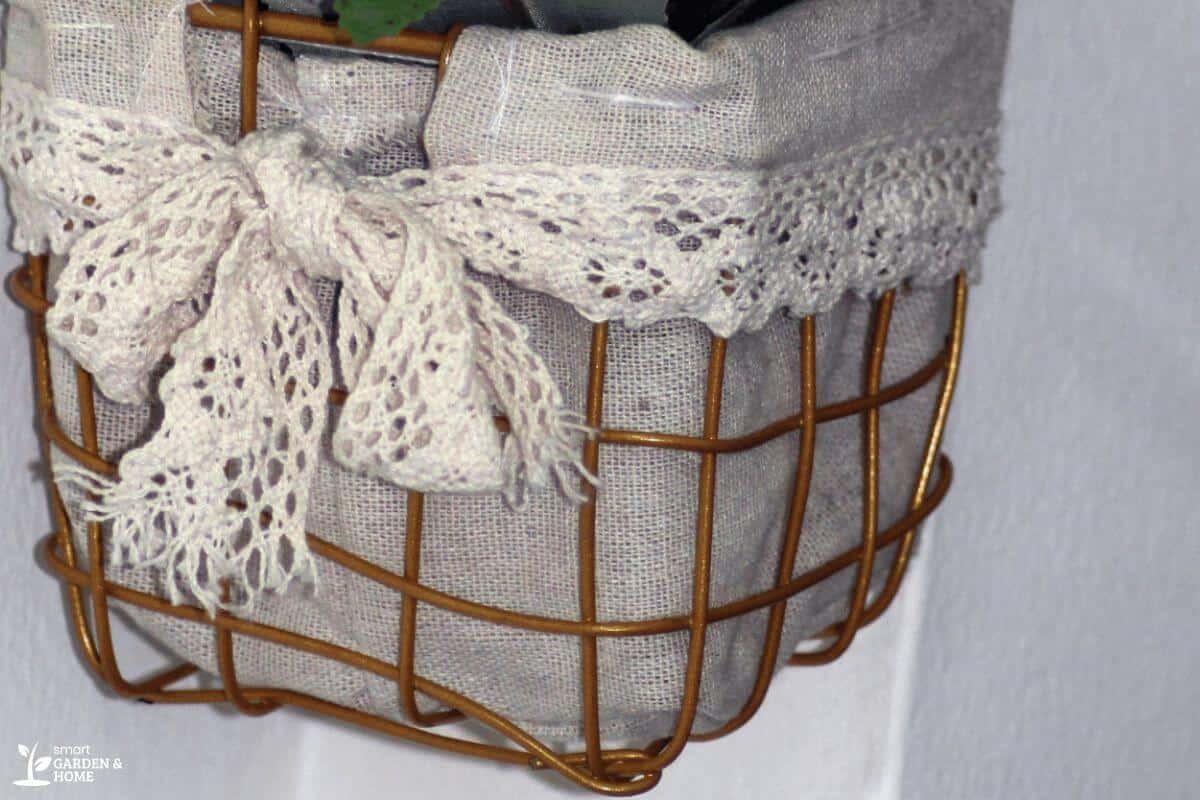
Fabric pots are not such a popular choice among many, but they are actually some of the best pots for spider plants. Fabrics are breathable, which ensures that oxygen can easily reach your plant.
Not only do they cost less but they are also very flexible. This gives your spider plants plenty of room to grow.
Fabric baskets can be great if you tend to overwater plants since they drain water very quickly. This means you will need to water the plants more often or line the interior with a plastic sheet.
Fabric baskets can last for a long time and can be easily hung since they’re very light. You can also build one yourself quite easily. Moreover, there’s no risk of fabric pots overheating or cracking and breaking.
How Big of a Pot Does My Spider Plant Need?
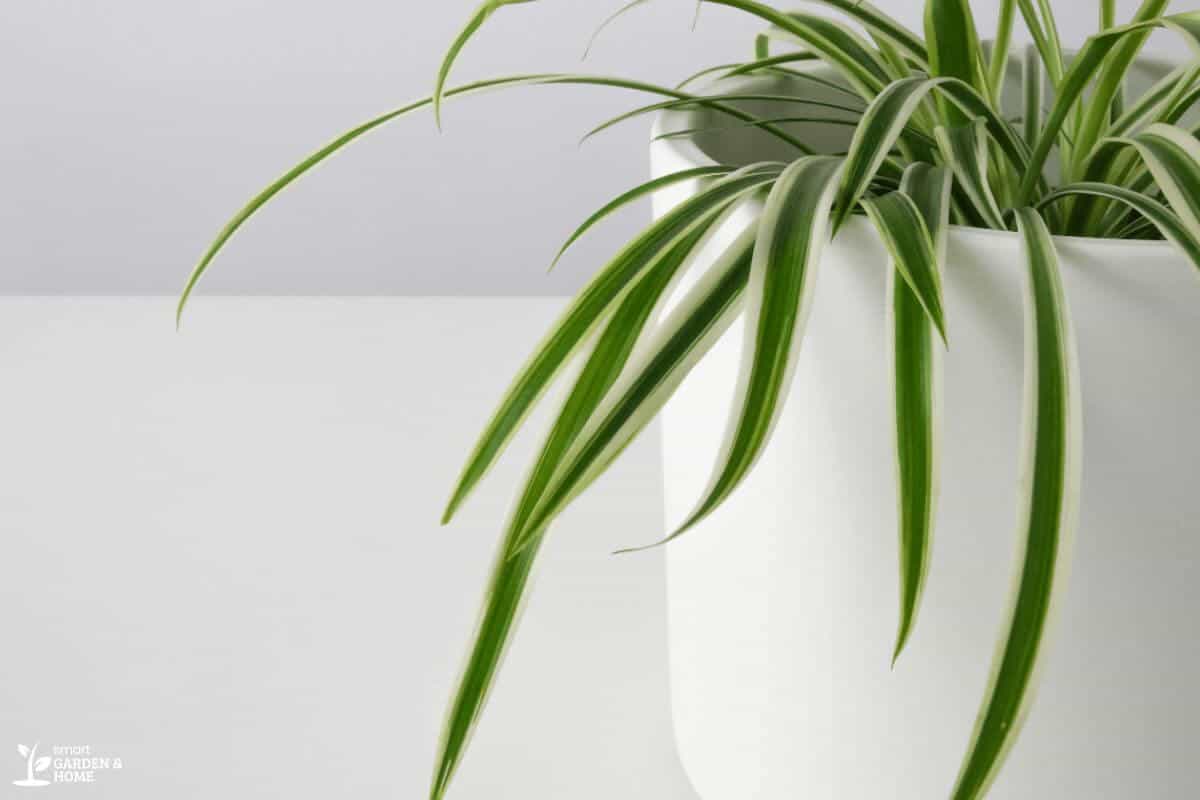
The right size for a pot to house your spider plant is just a little bit larger than the root ball.
These plants don’t have many requirements, but if you want them to grow healthy and strong, they will need a pot that is neither too small nor too large.
If the pot is too tiny, the plant will suffer because it won’t have any room to grow. On the other hand, it can’t be too big because spider plants like to be a bit confined.
The best option is to check often for signs that your spider plant needs to be repotted and to choose a pot that is just a couple of inches larger than the previous one.
When they become too cramped, it may result in stunted growth.
Do Spider Plant Pots Need Holes?
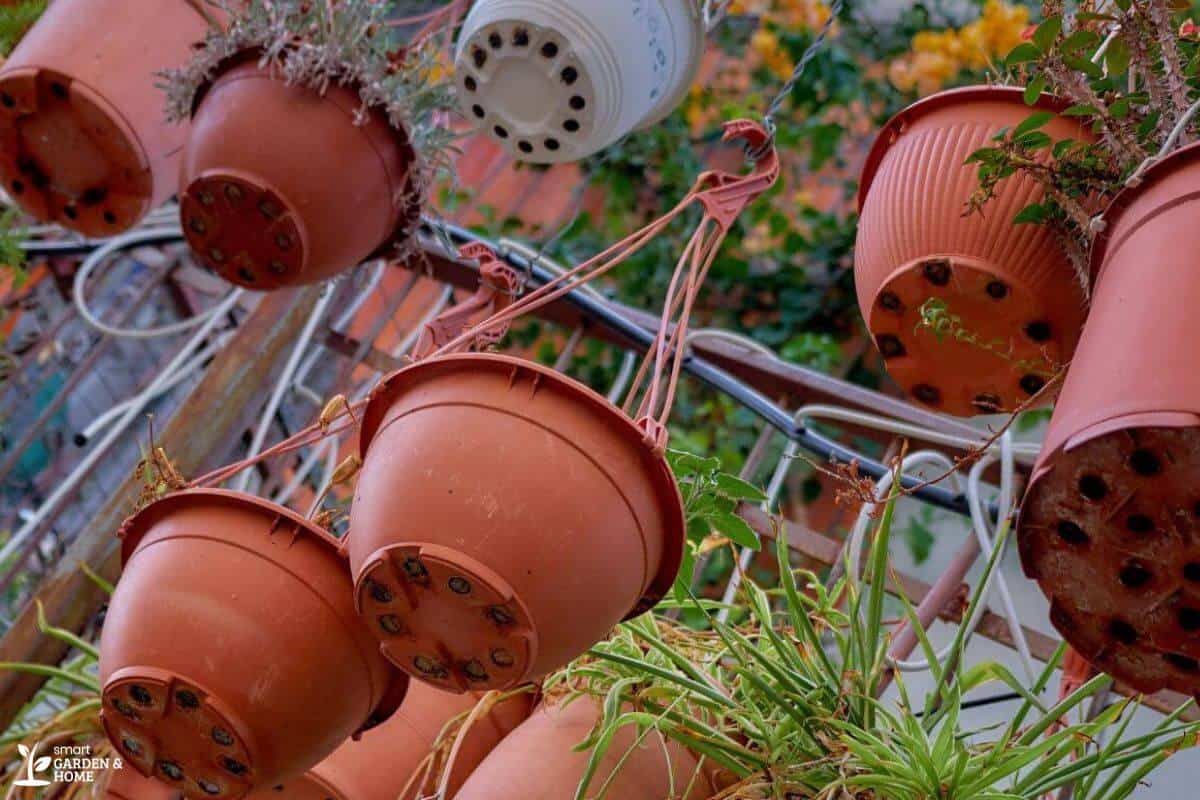
Yes, pots for spider plants should always have drainage holes to avoid root rot. This is actually the most important characteristic that a pot for these plants should have.
Feel free to experiment for as much as you wish with many different materials. Spider plants almost always adapt but a pot without holes will make for an unhappy spider plant.
This species likes moist but not soggy soil.
Good drainage will ensure that your plant will get just the right amount of hydration when it’s time to water without the risk of root rot. Using the right type of soil is also important to allow correct water drainage.
- Learn more about the Best Soil for Spider Plant
If your favorite decorative pot doesn’t have holes, you can always use another one that does and place it inside it. Another option is to make holes yourself, but this might not always be possible, depending on the material of your pot.
Do Spider Plants Need to Hang?
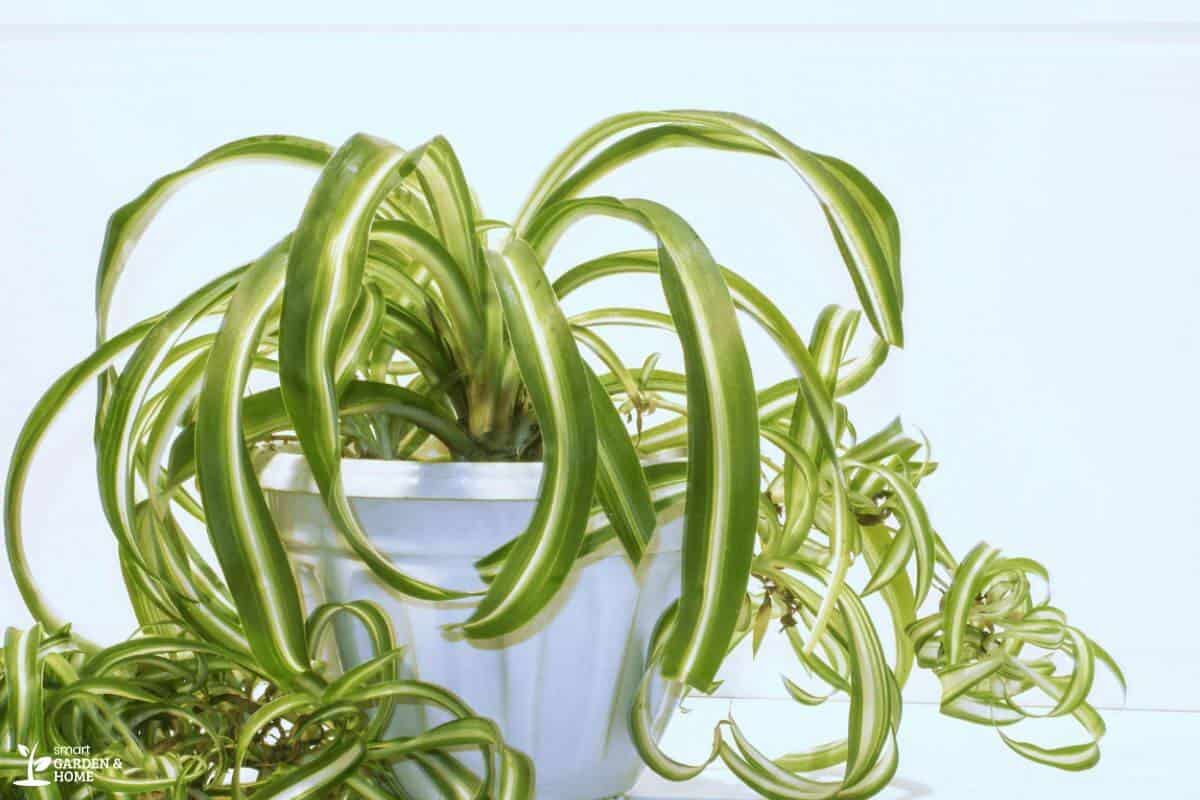
You might have seen this attractive plant in a plant hanger more than once and are now wondering if it is a strict requirement.
While spider plants are particularly suited to be grown this way, they can thrive in any kind of pot.
They certainly look beautiful with their long stems and baby spider plants cascading down from the mother plant when hanged but you can also place them on the ground if you prefer.
Final Thoughts on the Best Pot for Spider Plants
The best pot for spider plants is whatever suits your preference and environment.
There are plenty of pot material options in the market these days. You can go for wood, metal, or fabric as long as they have proper drainage for the survival of the plant.
Don’t forget that a healthy spider plant does not need to be hung and that it can adapt easily to any kind of pot. Although there might be some that suit their needs the best.
As a rule of thumb, bright indirect light will always make this plant happy as well.
Keep your spider plant in the right environment and witness its green leaves and beautiful white flowers bloom for you!
Looking for more answers? Do check out these awesome articles about spider plants:
- Propagate Spider Plant
- Does Spider Plant Need Sunlight
- Spider Plant Care Repotting
- Spider Plant Flowers Seeds
Sources:






